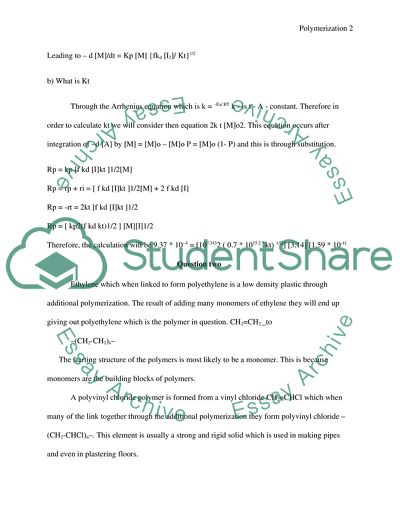Cite this document
(“Polymerization Coursework Example | Topics and Well Written Essays - 2500 words”, n.d.)
Retrieved de https://studentshare.org/chemistry/1478602-polymerization
Retrieved de https://studentshare.org/chemistry/1478602-polymerization
(Polymerization Coursework Example | Topics and Well Written Essays - 2500 Words)
https://studentshare.org/chemistry/1478602-polymerization.
https://studentshare.org/chemistry/1478602-polymerization.
“Polymerization Coursework Example | Topics and Well Written Essays - 2500 Words”, n.d. https://studentshare.org/chemistry/1478602-polymerization.


